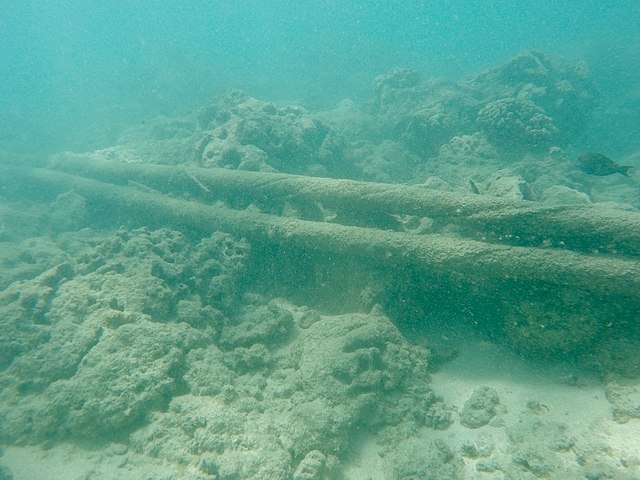The vulnerability of undersea communications cables has become a global security issue of late. The 450 cables currently in operation not only carry a huge responsibility in terms of keeping modern societies functioning but, according to experts, they represent and maintain the state of democracy in many countries.
The cables make up intercontinental networks providing nations with phone and internet connectivity but are vulnerable to a number of threats.
"They are carriers of information and communications and therefore transmitters of international data," Camille Morel, lawyer and researcher in international relations, recently told RTBF. "Because of this global connectivity, access to international bandwidth is a necessary tool for the economic and social development of a territory. In addition, access to information is linked to democracy, which is essential to many human rights such as access to news, and the expression of human rights claims."
Difficult to precisely locate
The cables, not much bigger than a common garden hose, are vulnerable because they are just laid on the bottom of the sea. In some areas where there is a risk of damage due to the anchoring of boats or fishing nets, they are better protected because they are buried under the sand. Others, however, are not afforded the same protection. In addition, maps of the world’s undersea cable network exist but are not accurate, according to Camille Morel, which increases the possibility of accidental damage by shipping.
"The mapping is very complicated to establish and difficult to locate," Morel said. "Communications actors know who the customer is and what the demand for transmission is through these cables, but where they actually are remains very vague and imprecise."
"In Belgium, four cables connect the country to the rest of the world. Three are 'small regional cables' and the fourth is a large cable that connects Belgium to Asia, via the Mediterranean and the Suez Canal. A project for this year foresees a new cable to connect Belgium to England and the Netherlands."
Nature and sabotage
As well as potential damage caused by shipping, cables are vulnerable to the vagaries of the sea and natural world. When the island of Tonga suffered an undersea volcanic eruption and subsequent tsunami in December 2021, the one cable that connected it to the rest of the world ruptured leading to catastrophic consequences, with rescue efforts hindered by communications outages and the island’s economic situation thrown into chaos by its banking system being cut off.
Then there are the risks of over-espionage and the potential sabotage of these invaluable global connections.
In 2013, the US whistle-blower Edward Snowden highlighted that American and British intelligence services had installed information collection software on several undersea cables with or without the agreement of the private operators.
Related News
- Fibre optic cable sabotage causes global internet slowdown
- Broadband finally planned for 35,000 households in 'white zones'
Such breaches of security have led some to suggest alternatives to cables, such as enhanced satellite systems – something, however, Camille Morel dismisses as unfeasible.
"In terms of use, cables and satellite networks are rather complementary," Morel said. "Cables are cheaper to install. Elon Musk's Starlink project costs $30 billion compared to the $8 billion that have cost investments in submarine cables between 2021 and 2024."

